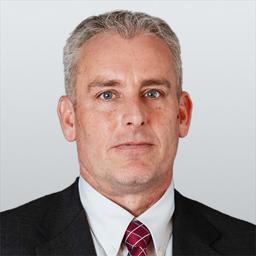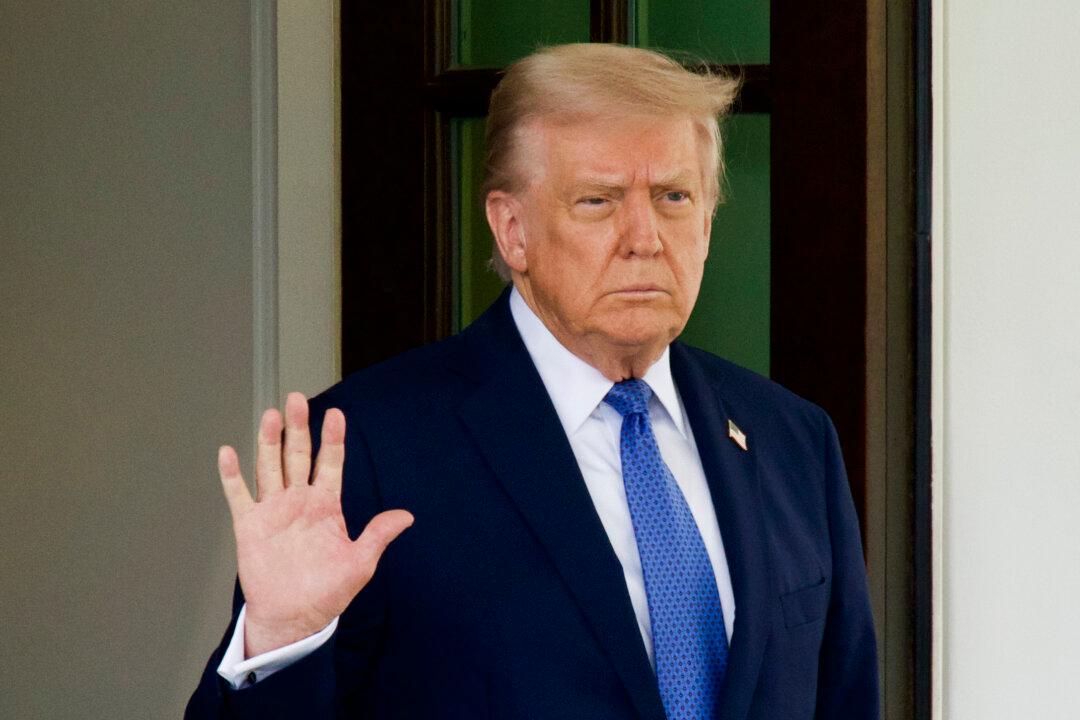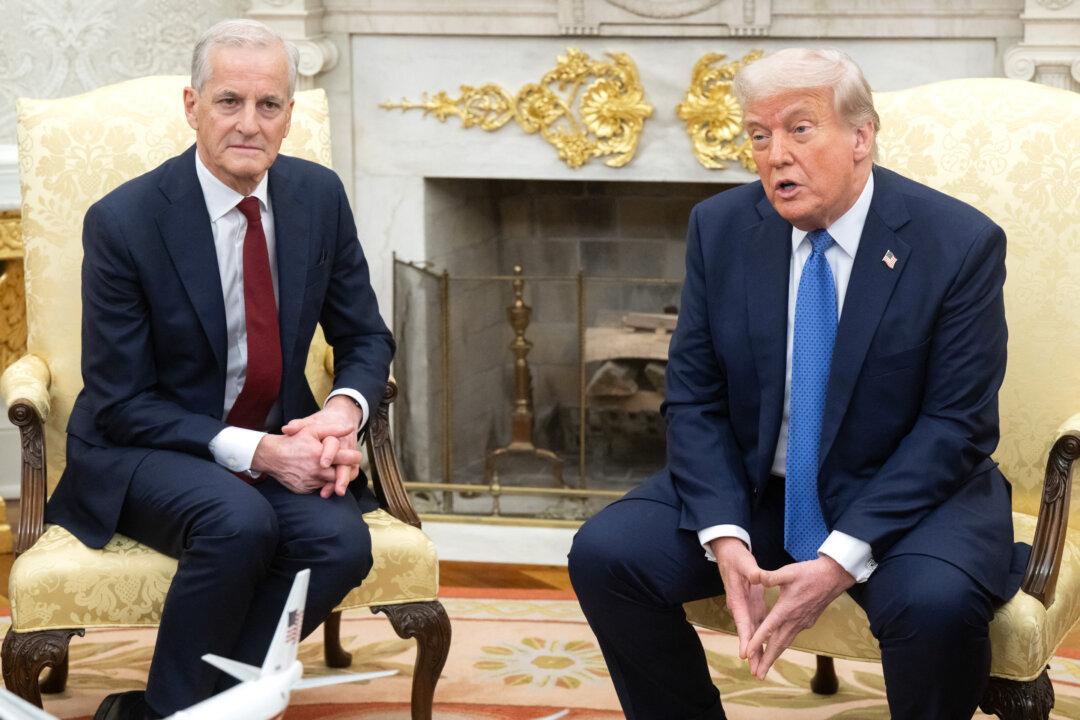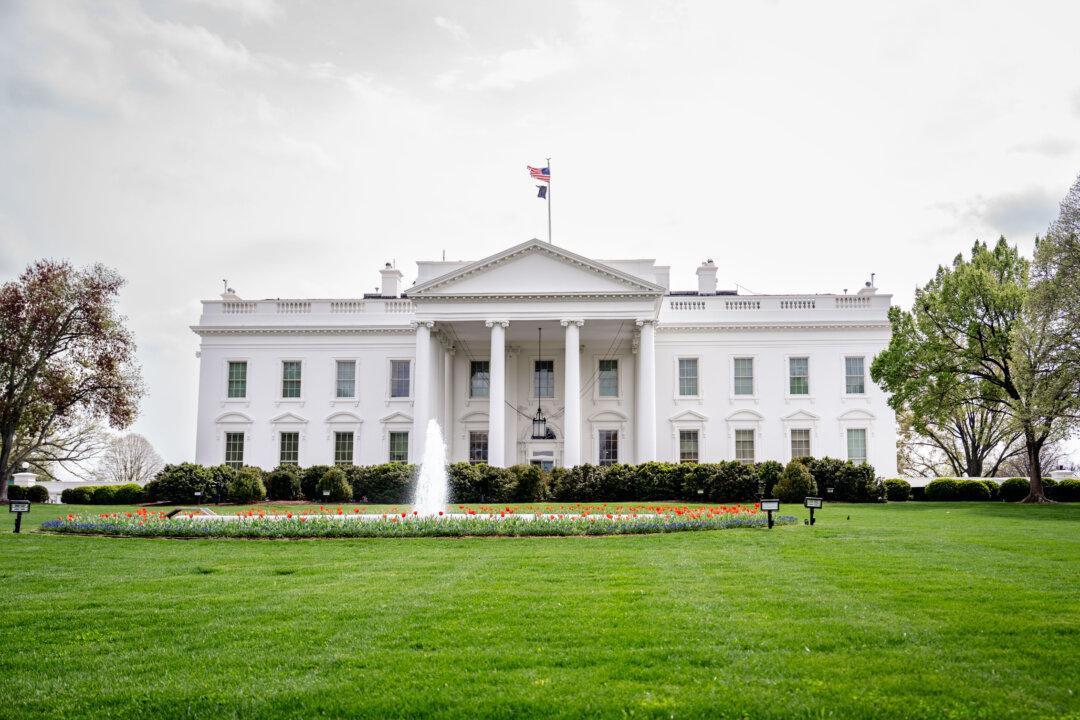California Gov. Gavin Newsom announced a new round of funding Oct. 9 for cities and local agencies across the state designed to transform and beautify public spaces and neighborhoods.
Approximately $114.5 million will be distributed to 60 projects—42 local grant projects and 18 transit agencies—to “improve parks, tribal lands, neighborhoods, transit hubs, walking paths, streets, roadsides, recreation fields, community gathering spots, and places of cultural importance or historical interest in underserved communities,” according to the press release.
Local funding amounts range from $88,000 to $5 million, with the highest award going to the Yurok Tribe—located in the Klamath Region of Northern California.
The Yurok Tribe Reservation Parks, Recreation, and Beautification project will use the funds to create community spaces, renovate existing areas, build playgrounds, develop and renovate restrooms, and install fencing, among other things.
The Housing Authority of the City of Los Angeles is set to receive $3.9 million for the Jordan Downs Sustainable and Equitable Communities Initiative in the Watts neighborhood. The money will build recreation spaces and amenities at a children’s park, develop a vermicomposting project—using worms to improve soil—and provide career development opportunities and job training to empower local communities.
San Bernardino was also awarded $3.8 million to upgrade public spaces and playgrounds as part of a project called Joshua Tree Park Improvements at Sunburst Park and Community Park, with the expenditures said in an effort to improve quality of life and potentially raise nearby home prices, according to the grant proposal.
Orange County’s Santa Ana will receive nearly $2.2 million to fund the Walnut Street Urban Greening Project—described as a multifaceted improvement operation to benefit more than 4,300 students and residents living in the most heavily populated region in the county.

The San Francisco Municipal Transportation Agency will pocket $3.3 million to help address sanitation issues by cleaning bus stops and transit stations across the city.
San Diego’s Metropolitan System was awarded $1.6 million for its Beyer Boulevard Beautification Project—designed to improve pedestrian and bike access by providing a “modernized” safe pathway and upgrading lighting.
Several grants went to small communities throughout the state, with Willows, California—situated in the Sacramento Valley north of the capital and home to slightly more than 6,000 residents—receiving more than $4 million to improve parks.
The town of Willits—which for many years was the first red light on Highway 101 north of the Golden Gate Bridge but saw sales tax revenue drop significantly after a highway bypass opened in 2017—will receive more than $3 million to benefit the small, mountain town of fewer than 5,000.
One longtime Willits resident said the grant will benefit many families with small children that reside in the area, with several communities in the mountains surrounding the town visiting Willits for its playgrounds and parks—which will see significant upgrades over the coming years.
“Our family has celebrated birthday parties and have lots of great memories in the parks,” Jessica Mireles, whose son was born in Willits, told The Epoch Times. “It’s fantastic to see things happening here and in other cities.”
Projects recently funded are meant to be completed by June 30, 2026.

The funding follows through on the Clean California initiative launched by Mr. Newsom in July 2021 with a goal of removing trash from state highways by investing $1.2 billion to create jobs, engage communities, and improve public spaces.
Since then, more than 1.9 million cubic yards of trash was cleared from state highways—enough to fill nearly 600 Olympic-size swimming pools—according to the press release.
Additionally, the program has created more than 4,000 jobs, including providing opportunities for the homeless and disadvantaged.
Volunteers from across the state have come together, with more than 10,000 participating in various projects including large debris removal to address tires, appliances, and mattresses littering roadsides and neighborhoods.
Projects are designed to engage communities and encourage public participation.







